N°1 Global Risk Network
Data Resilience
We merge innovation with sustainability to pioneer the next generation of data resilience solutions. Leveraging partnerships with industry leaders our products are designed for interoperability and crafted with resilience at their core, ensuring comprehensive protection against cyber threats, disasters, and system failures. From initial needs assessment through to system design, integration, and operations, our approach prioritizes minimal environmental impact without compromising on security or efficiency. Empower your organization with state-of-the-art data protection that’s built for today’s challenges and tomorrow’s sustainability goals. Discover data resilience redefined by Nexus Ecosystem, where your data’s defense is innovatively secured and sustainably minded




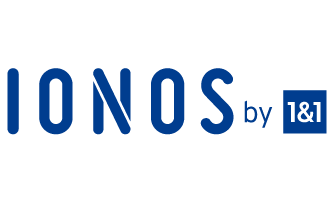
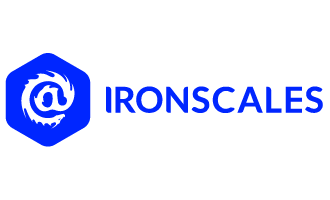
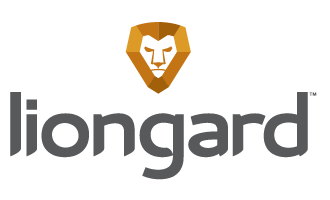
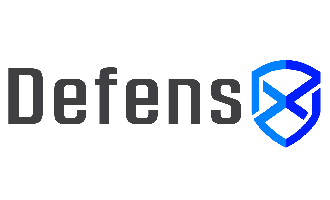


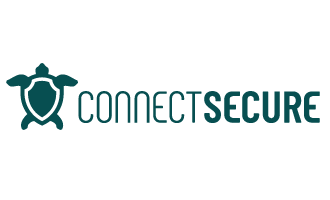

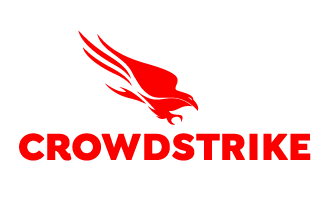
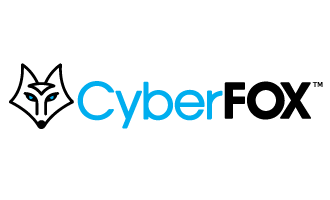
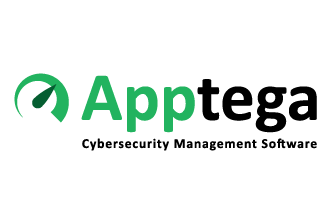




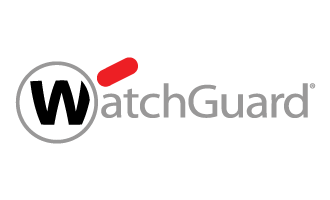
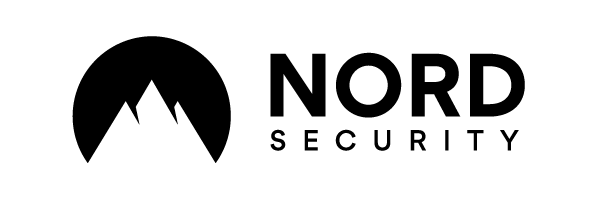
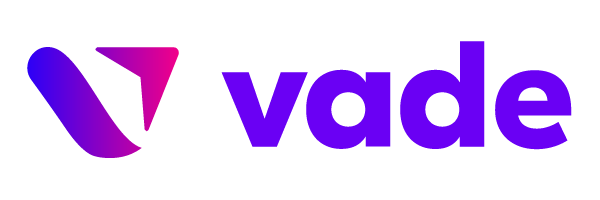


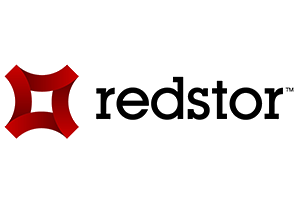
Data Security and Resilience
Data security and resilience solutions bolster organizational digital defenses across hybrid cloud environments, ensuring data protection and regulatory compliance. Through automation, a zero-trust framework, and secure data management practices we offer a holistic approach to resilient data management
Hybrid Multicloud Security
Cloud security solutions embody an advanced, integrated approach to safeguarding digital assets in the cloud, combining cutting-edge technologies and strategic frameworks to protect against evolving threats. Leveraging AI-driven threat detection, our solutions ensure protection across all cloud environments
Global Detection and Response
Supply chain resilience framework equips organizations to navigate disruptions with agility, leveraging advanced analytics to predict vulnerabilities and optimize operations. By integrating state-of-the-art technologies our approach ensures continuity and efficiency across global supply networks
State-of-the-Art Cybersecurity Ecosystem
Our state-of-the-art cybersecurity ecosystem embodies a comprehensive, adaptive approach to safeguarding your organization’s digital infrastructure, seamlessly integrating advanced threat intelligence, immutable data snapshots, and robust enterprise-wide protection. The Nexus Ecosystem leverages cutting-edge technologies such as AI-driven anomaly detection, multi-protocol storage solutions, and hybrid multi-cloud security to preemptively counter cyber threats. Key strategies include air-gap defenses, encryption, and innovative data recovery techniques, ensuring unparalleled resilience and operational continuity. By fostering a proactive security culture and employing real-time threat monitoring and automated response mechanisms, this sophisticated ecosystem not only defends against existing cyber risks but is agile enough to adapt to the evolving threat landscape, ensuring organizations remain secure in the face of an unpredictable digital future
Threat Intelligence
Stay ahead of emerging threats with Proactive Threat Intelligence. Our sophisticated systems continuously monitors, learn and analyzes the cyber threat landscape, providing actionable insights to preemptively protect your data against potential vulnerabilities and breaches
Immutable Snapshots
Safeguard your critical data with robust Immutable Snapshots. This feature ensures your data is preserved in a tamper-proof state, enabling reliable recovery in the event of a cyberattack, ensuring your information remains untouched and always recoverable
Enterprise Protection
Our comprehensive Enterprise Protection suite offers robust defense mechanisms for your organization’s entire data ecosystem. From endpoint security to network defenses, we deliver a holistic approach to protect against all forms of digital threats
Hybrid Multi-cloud IT
Embrace the flexibility of the cloud without compromising on security. Our Hybrid Multicloud IT solutions ensure seamless and secure data operations across multiple cloud environments, providing the agility your business needs with the resilience it demands
AI-powered Indexes
Revolutionize your data recovery with AI-Powered Indexes. Utilizing advanced AI algorithms, we assess the integrity and trustworthiness of your data, accelerating recovery processes and ensuring your operations are quickly restored with confidence
Multi-protocol Storage
Maximize your data storage capabilities with Multiprotocol Storage solutions. Supporting a wide range of storage protocols, our systems offer unparalleled flexibility and performance, ensuring your data is stored efficiently, securely, and accessible whenever needed
Air-gap, Isolation, Encryption
Fortify your data defenses with Airgap, Isolations, and Encryption protocols. Our multi-layered security strategy ensures your data is protected from external threats, with physical and digital isolation mechanisms complemented by state-of-the-art encryption
Backups, Replications, Twins
Ensure continuous data availability with comprehensive Backups, Replication, and Digital Twins services. Our systems not only secure your data but also replicate critical assets, offering real-time syncing and digital twin technology for seamless business continuity
Anomaly and Malware Detection
Stay one step ahead of attackers with Anomaly and Malware Detection. Leveraging cutting-edge machine learning algorithms, our systems provide early detection of unusual activity patterns and potential malware, enabling swift action to mitigate risks
Powered By
Strategic Alliances for Superior Cybersecurity
We elevate cybersecurity and data resilience by strategically aligning with industry leaders like IBM, Microsoft, and Google. Our collaboration infuses GCRI’s offerings with state-of-the-art technologies—AI-driven security, advanced cloud protocols, and robust data protection—to combat digital threats effectively. This synergy amplifies our capacity to safeguard organizations in an evolving digital era, showcasing our commitment to delivering security solutions that are not only innovative but deeply rooted in global expertise. Through these partnerships, Nexus Ecosystem sets new standards in cybersecurity and resilience, preparing businesses worldwide for a secure digital future
Innovation Lab
Discover;
Learn
Build
We support innovation, collaboration and knowledge-sharing amongst our members, partners and the broader research, development, and education communities. Our WILPs streamline the identification, mitigation, and evaluation of Risks, followed by the optimal use of GRIx to tackle Issues and manage adverse impacts. They provide secure network platforms that enable citizens to participate in MPM and use iVRS to report risks and values anywhere. Risk Pathways deliver out-of-the-box CRS functionality to meet institutional requirements, including SCF taxonomies for digital-green skills, compliance frameworks and real-time validation systems. They help members and QH stakeholders with DICE to navigate essential resources and find the right levers across the public-private-planet landscape
Research
0%
Design
0%
Policy
0%
Integration
0%
Interoperation
0%
MPM
Integrated pathways for existing national portfolios on the right to inclusive education, skills development, and career mobility through LLL for all
CRS
Rewarding participation with utility value across the network to increase interoperability and career mobility
DICE
Next-generation of internet for risk and innovation in pluralistic societies
GRIx
Open source standard indexing system for linked open data set about global risk and humanitarian crisis.
iVRS
Stakeholder engagement and reporting mechanism for Environmental, Social and Governance (ESG) risks and impacts
SCF
Frameworks, skills taxonomies, competencies and policies for the twin digital-green transition
Protected By
Innovative Solutions for a Complex World
Empowered by Cloudflare’s Project Galileo, the Global Centre for Risk and Innovation (GCRI) advances a secure, responsive civic framework to navigate and resolve complex global challenges within the quintuple helix framework. Leveraging the enhanced security from Project Galileo, our Competence Cells apply an “all-hazards” approach, especially in the context of the NIS 2 directives, to identify and tackle diverse issues from cybersecurity to crisis management. Additionally, through the Nexus Governance, GCRI underscores its commitment to planetary integrity, promoting sustainable and resilient solutions across ecosystems. Our multifaceted strategy not only safeguards digital territories but also fosters sustainable development, showcasing GCRI’s dedication to a balanced and thriving global future
Objective: Begin with clarity. Our initial assessment phase delves deep into your organization's current data environment, pinpointing vulnerabilities and identifying critical assets. This foundational step ensures a tailor-made strategy that addresses your unique challenges and objectives, setting the stage for a resilient future.
Our Role: Our experts work closely with your team to conduct this assessment, leveraging advanced tools and methodologies to gain a deep understanding of your specific needs and challenges.
Your Benefit: You gain insights into potential risks and areas for improvement, setting a solid foundation for a customized data resilience strategy.
Objective: Custom solutions crafted with precision. In the design phase, we architect your data resilience blueprint, combining cutting-edge technology with standards and sustainability principles. Each solution is meticulously planned to offer robust protection, seamless integration, and alignment with your business goals, ensuring resilience is not just added but integrated into your data infrastructure.
Our Role: Utilizing the latest in AI, cloud technologies, and sustainability principles, GCRI crafts a solution that offers both protection and performance, without compromising environmental values.
Your Benefit: Receive a bespoke data resilience architecture that meets your unique requirements, balancing robust security with sustainability.
- Objective: Seamlessly blending innovation with your operations. The integration step is where our plans come to life, marrying advanced data resilience technologies with your existing systems. Our experts ensure a smooth, efficient integration process, minimizing disruption and enhancing your organization's defensive posture against data threats.
- Our Role: Our team oversees the integration process, handling technical complexities and ensuring that the new systems integrate smoothly with your current operations.
- Your Benefit: A frictionless integration experience that minimizes downtime and operational disruptions, paving the way for enhanced data security and resilience.
- Objective: Achieving unity in diversity. Post-integration, we focus on interoperation, ensuring all system components work in concert within your broader IT ecosystem. This phase guarantees that our solutions not only fit within your existing setup but enhance its overall functionality, compliance and resilience by creating a cohesive and efficient operational environment
- Our Role: We conduct rigorous interoperation testing, addressing any compatibility issues and optimizing system performance to ensure seamless operation across your IT landscape.
- Your Benefit: Achieve a cohesive and interoperable IT environment where GCRI’s solutions enhance your data resilience without compromising system efficiency.
- Objective: Launching your data defense. The deployment phase marks the culmination of our journey, as we bring the designed solution online across your organization. With a focus on training and support, we ensure your team is fully equipped to manage the new system, empowering you with robust tools and the knowledge to maintain peak data resilience moving forward.
- Our Role: GCRI ensures a smooth deployment process, offering support and guidance while managing any last-minute adjustments. We also provide comprehensive training to your team, empowering them with the knowledge to manage and maintain the new system effectively.
- Your Benefit: Successfully deploy a state-of-the-art data resilience solution, equipped with the knowledge and support to maintain it. Enjoy peace of mind knowing your data is protected by sustainable, innovative solutions designed for the future.
Say hello to our world-class features
Training Streams
Knowledge Ecosystem
Equip your business with the knowledge and tools needed to foster a culture of data awareness and proactive management, ensuring your organization can navigate the complexities of the digital landscape with confidence. Through personalized training sessions, detailed guides, and the latest insights into data protection best practices, we're here to support your growth and ensure your team is adept in leveraging technology for optimal data resiliency
Competitive Fees
Flexible Pricing
Choose the pricing model that suits your business best: Pay-Per-Use for flexible, usage-based costs; Pay in Advance for discounted, pre-specified period services; Pay at Once for a clear, one-time project fee; or Pay Annually to simplify budgeting and reduce costs with a yearly commitment. Each option is crafted to match your operational and financial planning needs, maximizing your IT investment value
Available 24/7
Unlimited Support
Our dedicated team of experts will be on hand to provide you with the technical assistance and strategic insights you need to keep your systems running smoothly and efficiently, ensuring that your IT infrastructure supports your business goals now and into the future. Our teams help you maximize your IT investment and drive your business forward with comprehensive support and insightful consultations
Seamless Operation
Regular Updates
Ensure your IT infrastructure remains cutting-edge with regular updates and upgrades, seamlessly integrated into your service package. This proactive approach keeps your systems secure, efficient, and aligned with the latest technological advancements, without any additional burden on your resources or distractions from your core business objectives. Our expert team is dedicated to ensuring your technology evolves in tandem with your business, providing a foundation for innovation and competitive advantage

